Report on Key Aspects of Australia's Lodging and Accommodation
VerifiedAdded on 2023/06/08
|10
|647
|223
Report
AI Summary
This report provides an overview of the accommodation and lodging industry in Australia, highlighting its various components, including hotels, motels, hostels, and resorts. It discusses the Australian Consumer Law and Tourist Accommodation Regulations that govern the industry, emphasizing the importance of meeting customer satisfaction through necessary care and skill. The report also covers the management of lodging accommodations, quality issues such as cleanliness and service, and grading systems used to rate establishments. Furthermore, it identifies current trends in the industry, such as the increasing popularity of online booking options, the demand for facilities like free Wi-Fi and inclusive breakfast, and the growing preference for homestays and serviced apartments over traditional hotels. The report references several sources, including government websites and academic publications, to support its analysis.
1 out of 10


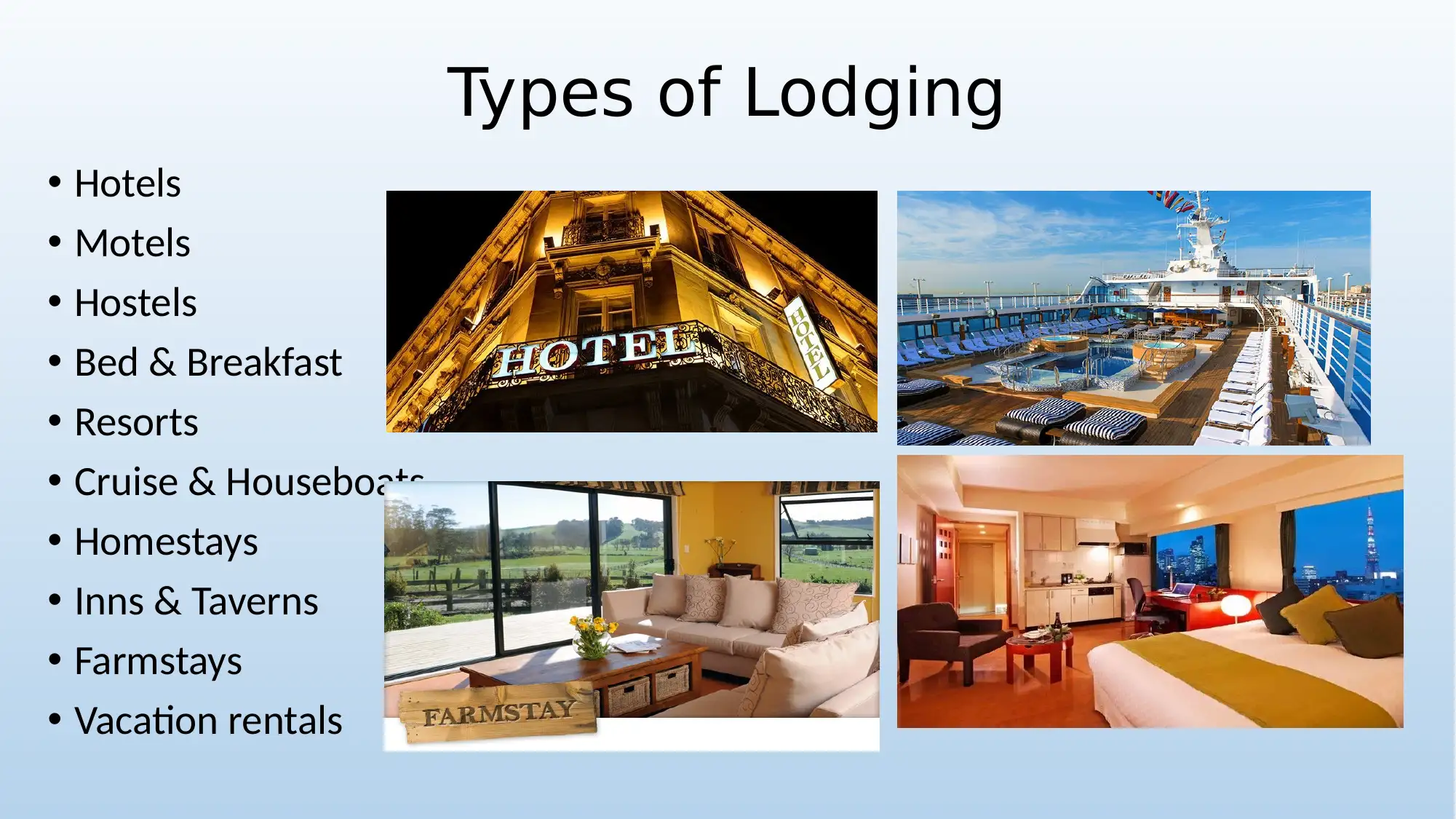


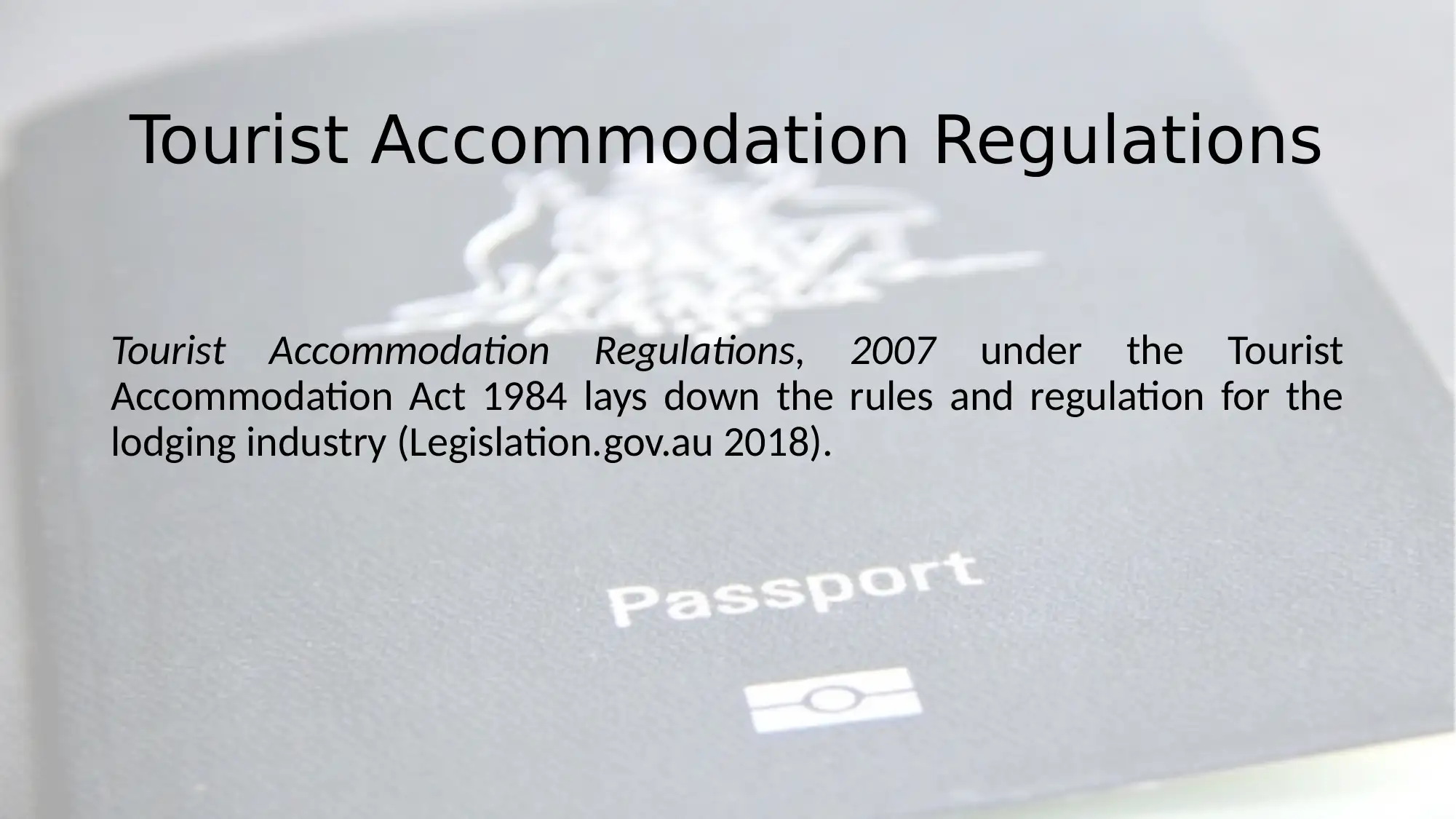
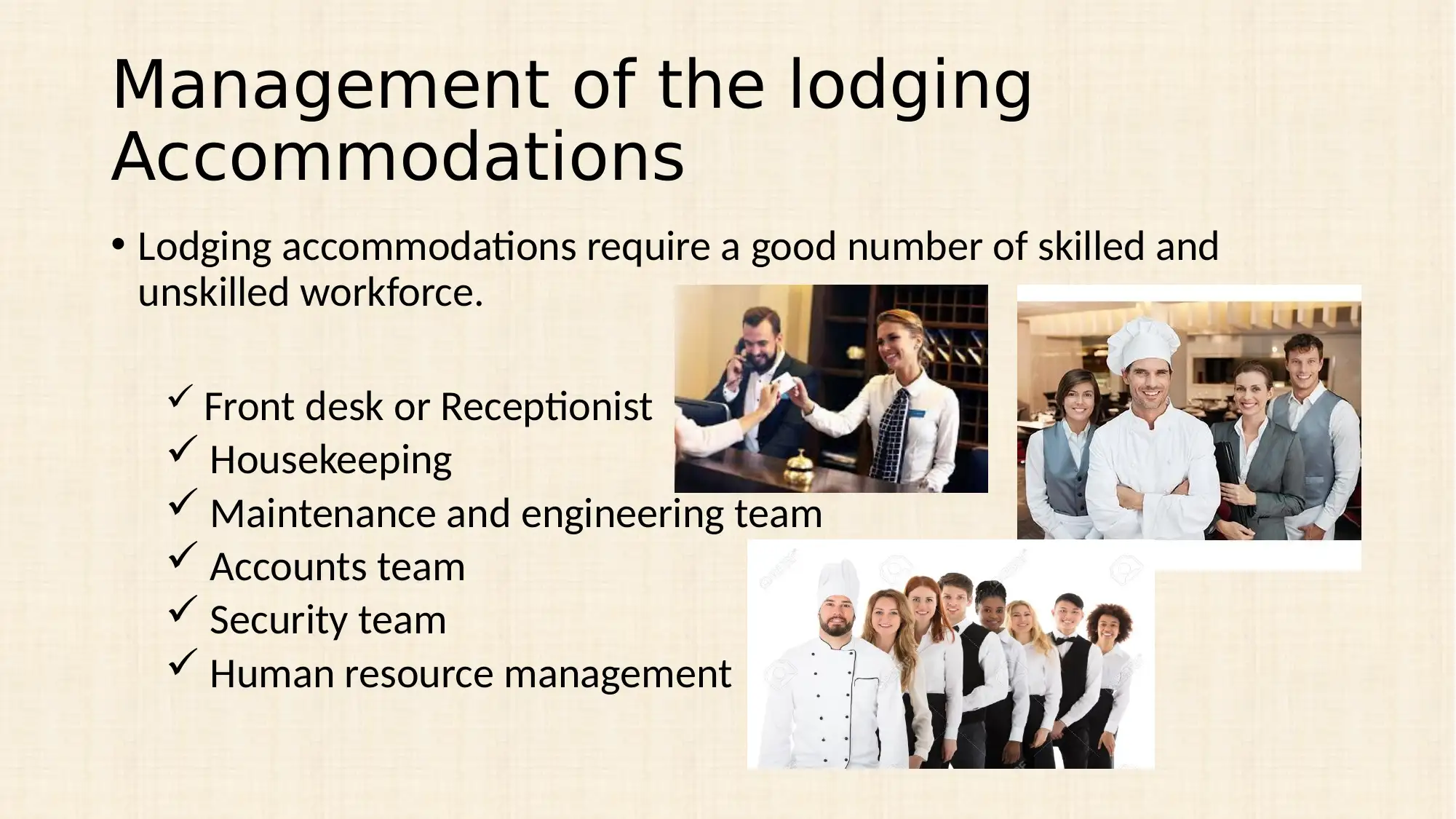
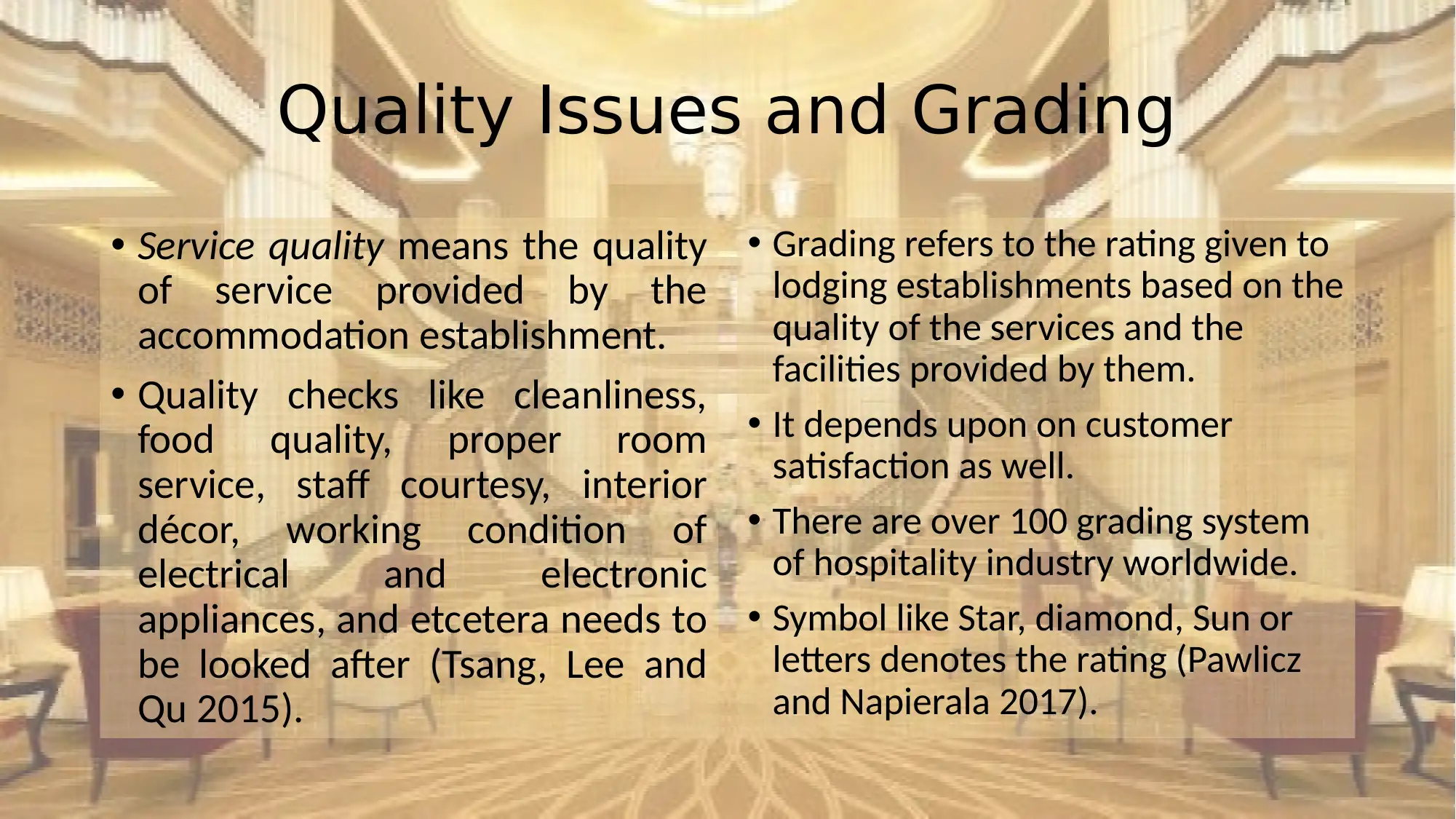
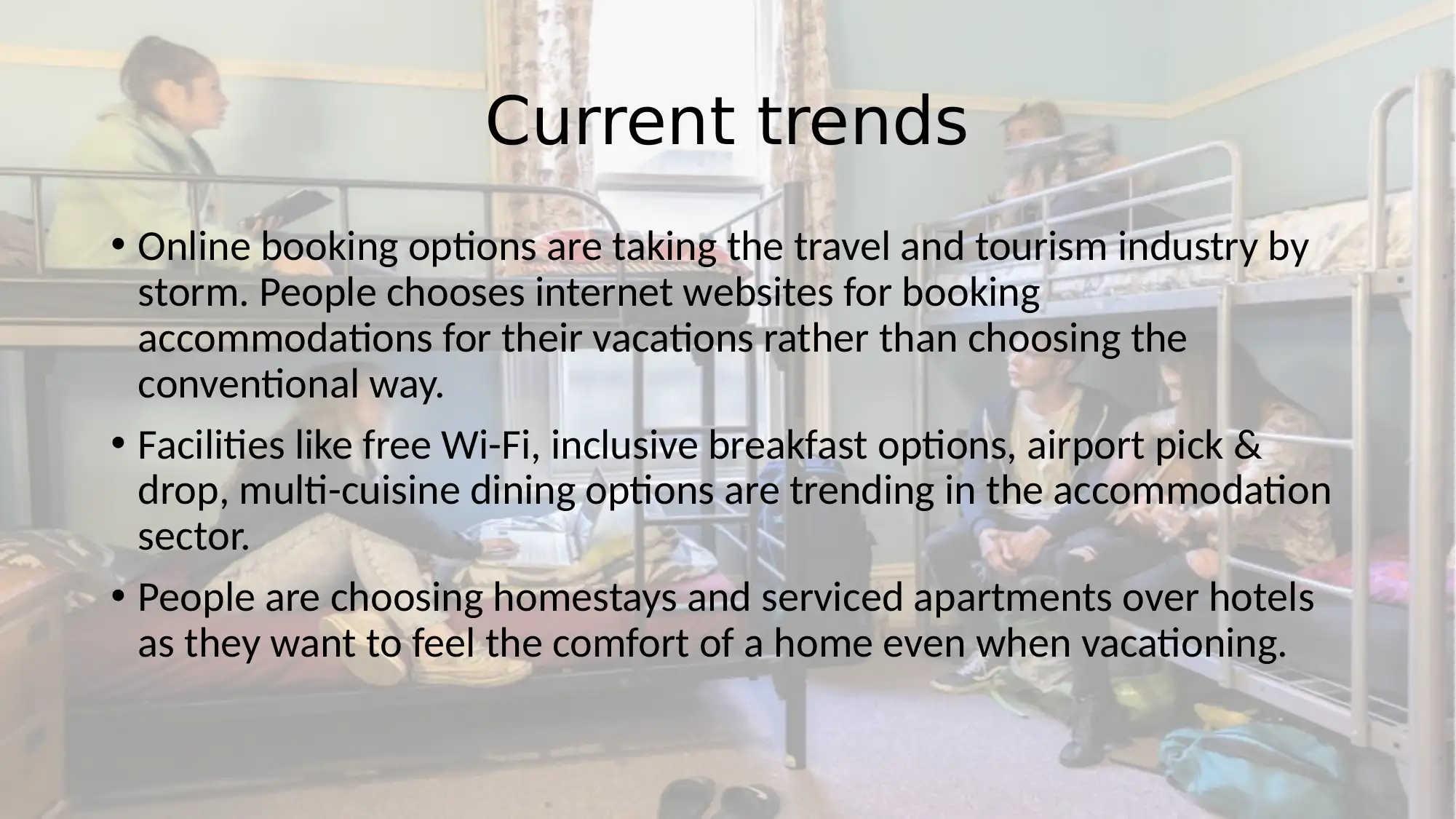
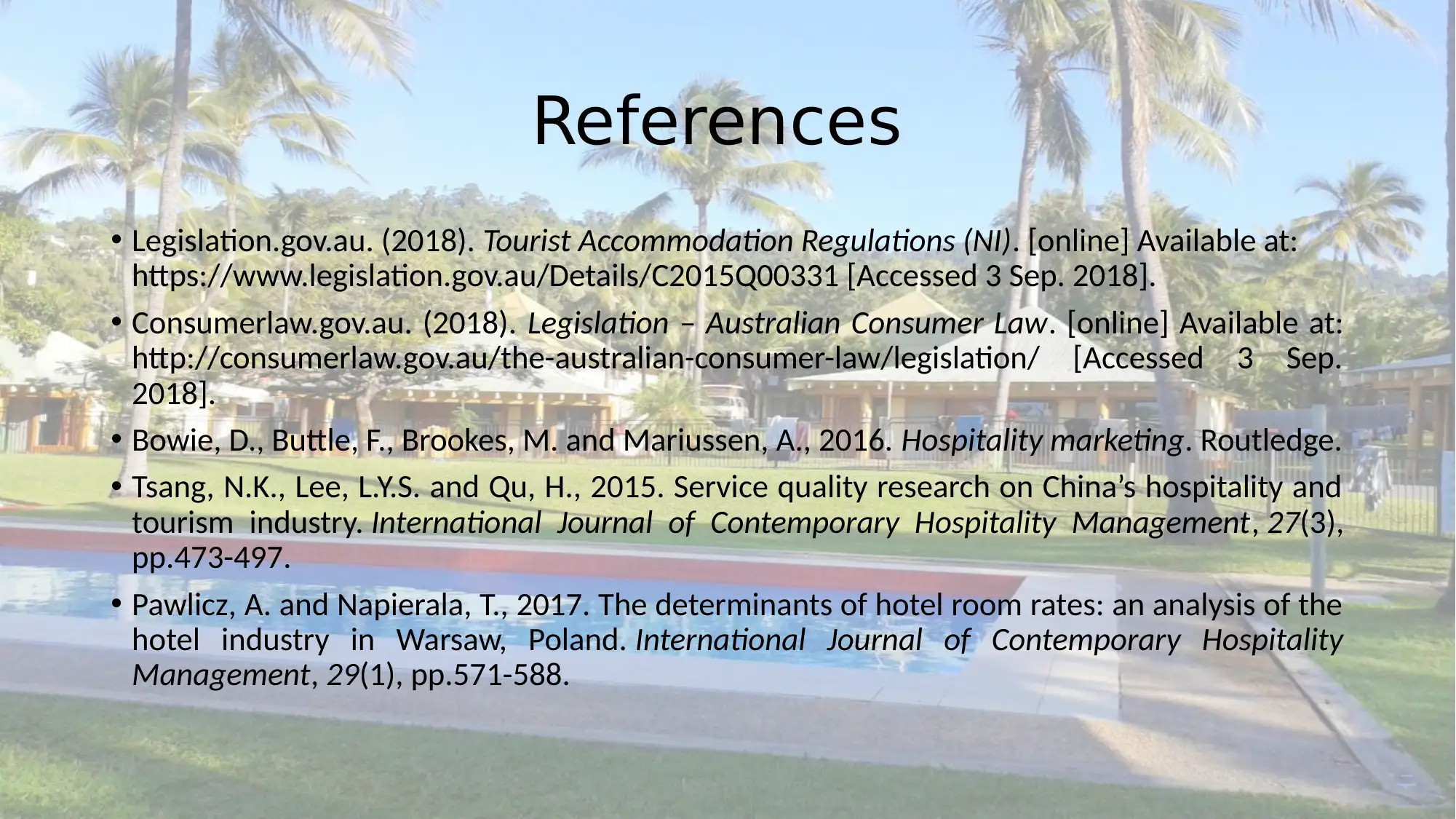



![[object Object]](/_next/static/media/star-bottom.7253800d.svg)